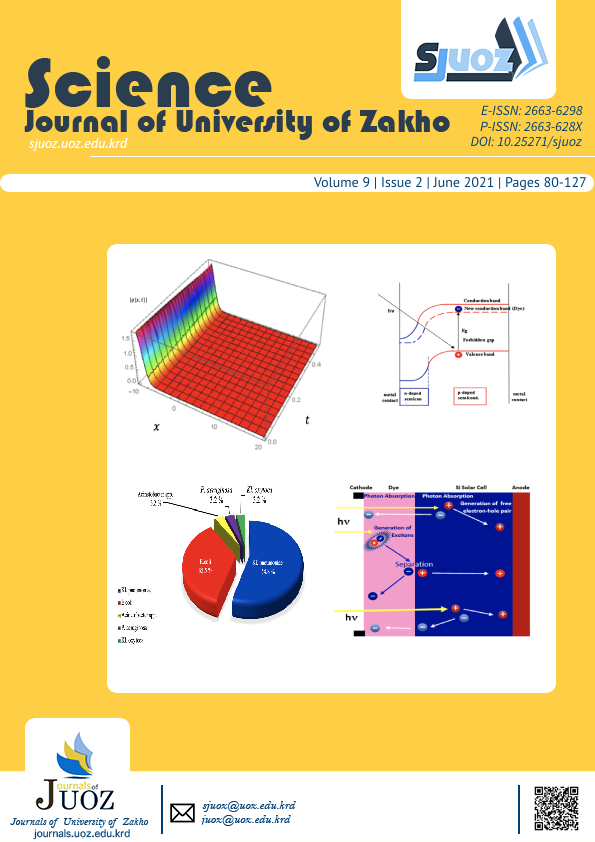Curative Effects of Ethanol Extract of Prosopis Farcta (Syrian Mesquite) Against Ethylene Glycol Induced Urolithiasis in Male Albino Rats
Abstract
The present study was designed to evaluate the antiurolithiatic activity of Prosopis farcta (P. farcta) ethanol fruit extract in ethylene glycol (EG) induced urolithiasis in male albino rats. Lithiasis was induced by oral administration of EG 1% in male albino rats for 28 days. Seventy eight male albino rats weighing 250-300g were used and divided into six experimental groups. Group A is a control group received standard rat chow and tap water ad libitum, while, rest of groups namely group B, C, D, E, F animals received 1% EG in water for 28 days, then from day 15 to day 28 in addition to EG administration, group C received cystone, group D, E and F received 100, 200 and 300 mg/kg body weight (B.W.) of ethanol fruit extract of P. farcta respectively. On day 28, blood was collected for serum biochemical (serum uric acid, creatinine, urea, electrolytes measurements, malondialdehyde (MDA) and superoxide dismutase (SOD)) determinations. While urine was collected to microscopic analysis of formed crystals besides the kidney weight/ B.W. ratio and B.W. gain/ loss values were determined. Intermediate dose (200mg/kg B.W.) of P. farcta extract significantly decreased serum creatinine, urea, MDA and non-significantly recovered SOD toward control value in group E as compared to group B, also significant elevation in kidney weight/ B.W. ratio and reduction in B.W. gains in group B occurred as compared with group A. In conclusion: P. farcta fruit extract has potentially therapeutic effects on EG induced kidney stone which can be used as effective antiurolithiatic agent rather than cystone.
Full text article
Authors
Copyright (c) 2021 Kowan M. Ahmed, Sarbast A. Mahmud

This work is licensed under a Creative Commons Attribution 4.0 International License.
Authors who publish with this journal agree to the following terms:
- Authors retain copyright and grant the journal right of first publication with the work simultaneously licensed under a Creative Commons Attribution License [CC BY-NC-SA 4.0] that allows others to share the work with an acknowledgment of the work's authorship and initial publication in this journal.
- Authors are able to enter into separate, additional contractual arrangements for the non-exclusive distribution of the journal's published version of the work, with an acknowledgment of its initial publication in this journal.
- Authors are permitted and encouraged to post their work online.
